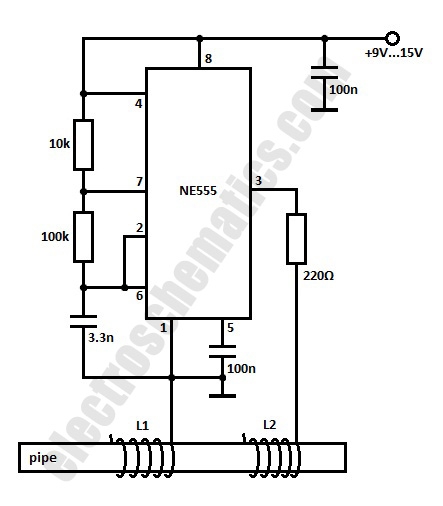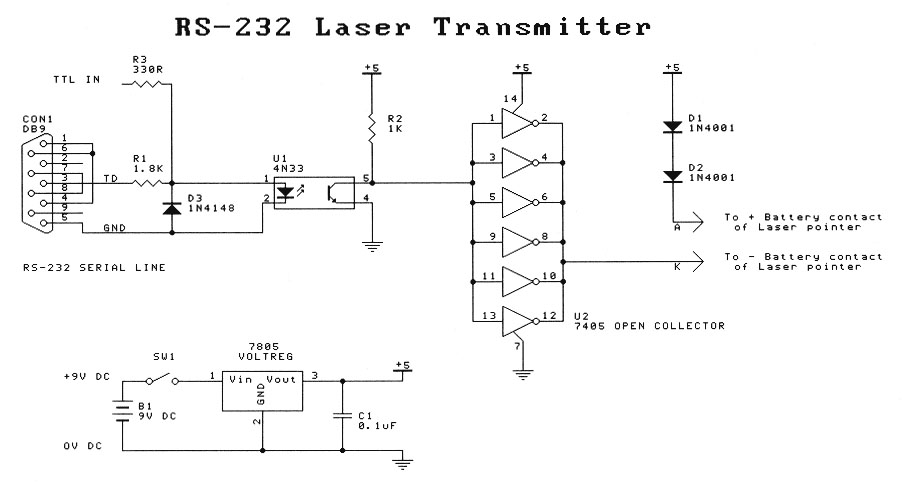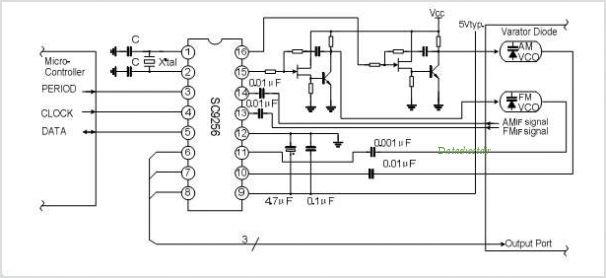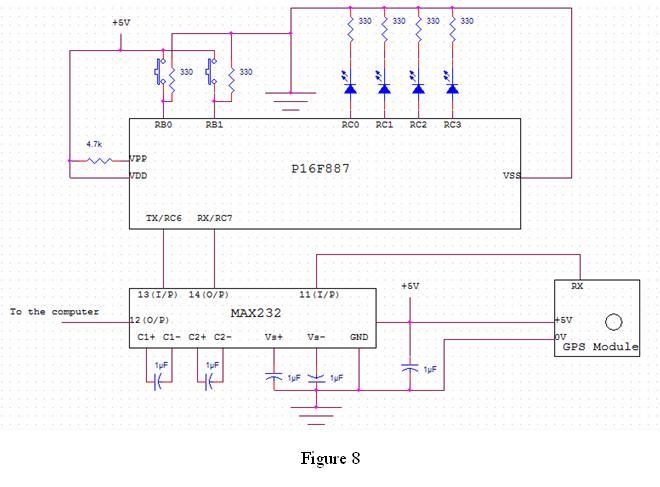
home built laser system
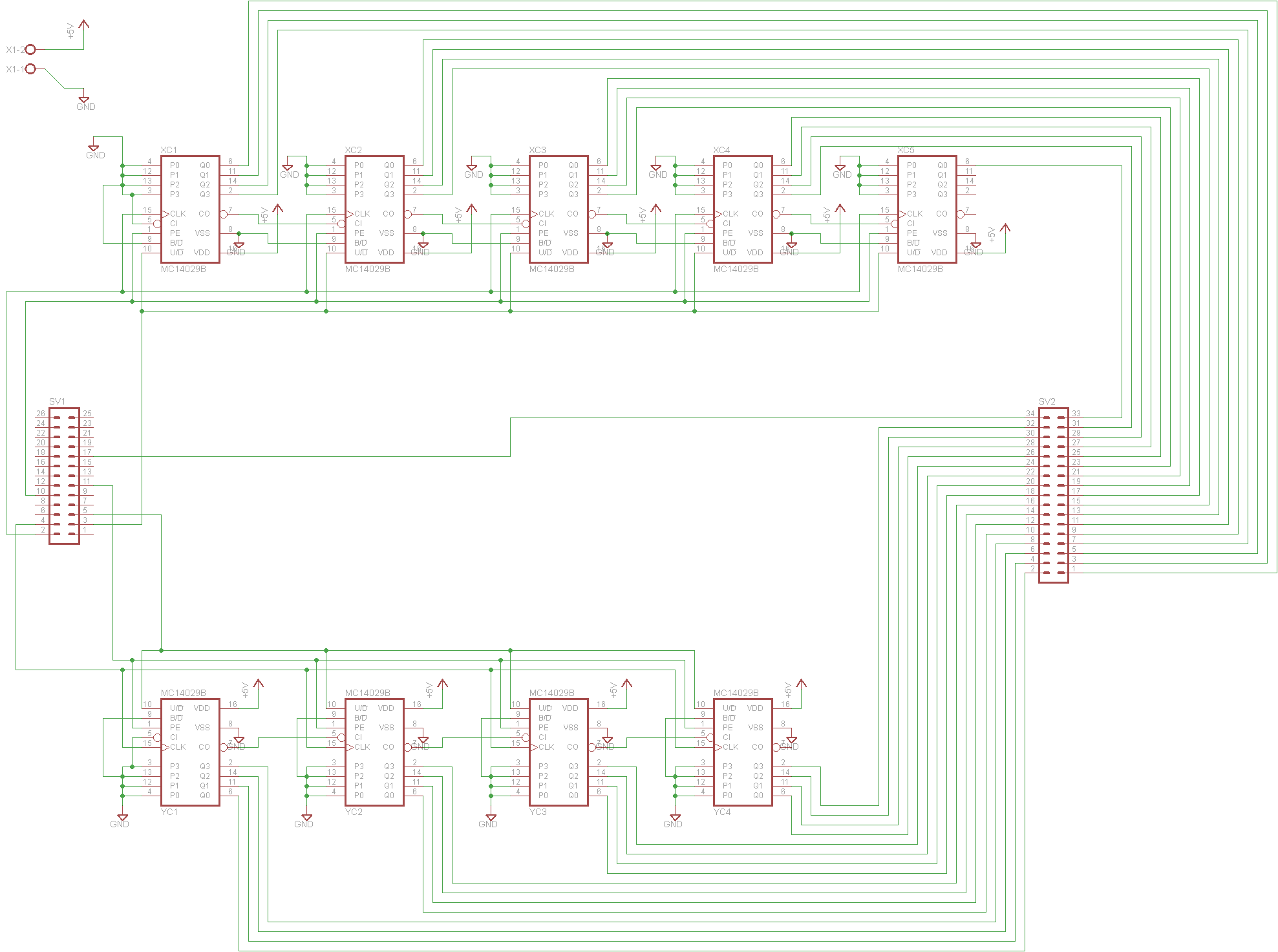
An inexpensive control system has been developed, costing less than $70, to enhance the cutting power and accuracy of home-built DC discharge laser systems. This control system employs a technique known as Pulse-Per-Inch (PPI) control, which pulses the laser as the head travels a specific distance. PPI control enables a CNC laser to maintain consistent cuts at the same power level across a wide range of speeds. By pulsing the laser based on distance traveled, the power input for cutting is decoupled from the speed of the head's movement. Consequently, the CNC system's speed and acceleration have minimal impact on the cut characteristics. The unique transient rise response of a DC discharge laser allows PPI control to deliver more power to a cut compared to a system that uses simple on/off control. Discussions within a forum revealed insights into the time required for laser activation and its relationship to engraving control. One forum member from Full Spectrum Engineering shared a high-speed intensity spectrum for the inexpensive DC discharge lasers commonly used in DIY laser cutters, which displayed unexpected results. Instead of a smooth exponential rise to the set power level, the spectrum exhibited a rapid spike to nearly double the set value, followed by an exponential decay. This spike in intensity is attributed to the high voltage required to initiate plasma in a DC laser, which is stored in a capacitor and released when the power is turned on. The initial surge is followed by a nominal voltage to sustain the plasma. This observation led to the conception of a PPI control system, similar to one implemented by another forum member, Ben Jackson, using EMC. PPI control is also utilized by large companies like Epilog for vector cutting. A brief pulse of 2-3 ms can yield an average power output significantly higher than that of a continuously active system, while a lower duty cycle allows the laser to operate cooler. This enables a DC laser to function at higher power levels without damage. Additionally, PPI control enhances accuracy by tightly regulating power density during cutting, regardless of the laser head's position, speed, or acceleration. Failure to maintain consistent power density can result in variations in kerf width and overheating of materials, leading to charring or melting. As CNC machines navigate corners or sharp curves, they must adjust the head's speed to smoothly transition through these areas. Despite the light weight of laser heads and the absence of tool pressure, the rapid acceleration can make precise control essential throughout the cutting process for optimal results.
A comprehensive understanding of the PPI control system reveals its operational mechanics and advantages in laser cutting applications. The system's architecture typically consists of a microcontroller interfacing with the laser power supply, which is responsible for generating the pulse signals based on the distance traveled by the CNC head. The microcontroller can be programmed to adjust the pulse width and frequency according to the material being cut and the desired cutting speed, ensuring optimal power delivery.
The PPI control system can be integrated with existing CNC software, allowing users to customize settings for various materials and cutting profiles. The control algorithm calculates the necessary pulse timing based on the head's velocity and the desired depth of cut, ensuring that the laser operates within optimal parameters. The power supply's response characteristics, including the initial spike and subsequent decay of laser intensity, are critical to achieving the desired cutting results.
Moreover, the system's design should include safety features to prevent overheating or damage to the laser and associated components. Thermal sensors can be employed to monitor the operating temperature of the laser, while current sensors can ensure that the power supply does not exceed safe operating limits. Implementing these safeguards will enhance the reliability and longevity of the laser cutting system.
In summary, the PPI control system represents a significant advancement in the field of DIY laser cutting technology, offering improved cutting power, accuracy, and efficiency. By leveraging the unique characteristics of DC discharge lasers and employing sophisticated control techniques, users can achieve professional-grade results in their laser cutting endeavors.I have developed an inexpensive control system (less than $70) that can be used to both get more cutting power out of a DC discharge laser and significantly improve cutting accuracy for home built laser systems. The control system implements a control technique known as Pulse-Per-Inch (PPI) control. PPI control involves pulsing the laser every tim e the head travels a certain distance. PPI control allows a CNC laser to produce consistent cuts at the same power level setting over over a wide range of speeds. In effect, pulsing the laser as a function of distance along a cut decouples the power input to cut from the speed that the head travels.
Therefore, the speed and acceleration of the CNC system have minimal bearing on the cut characteristics. Furthermore, the unique transient rise response of a DC discharge laser allow PPI to deliver more power to a cut in comparison to the same laser system with just on/off control.
A while back, I was active on a forum in which we were discussing the time it takes to turn a laser on and off and how that relates to engraving control. One of the forum members from Full Spectrum Engineering posted a high-speed intensity spectra for the cheap DC discharge lasers that we use for DIY laser cutters.
I was quite surprised by the spectra. I expected to see a nice exponential rise to set power level, but what we saw was a rapid rise to a very high power level (nearly double the set value) followed by an exponential decay to a set value. The Spectrum in question is shown below (credit for the spectrum rests with Full Spectrum Engineering).
The yellow square wave is a 5ms pulse sent to the laser power supply. The green spectra is the intensity spectra of the laser. For whatever reason, the magnitude of the spectra is upside down (I think the ground and signal leads were reversed), so on for the digital signal and higher intensity for the laser power spectra are down rather than up. Anyhow, the spike in intensity is caused by the necessity voltage to start a plasma in a DC Laser. The laser power supply generates a very high voltage to start the plasma which is stored in a capacitor.
When the signal comes to turn on the power, the power supply dumps this charge into the system and then supplies a nominal (still very high) voltage to sustain the plasma once it is on. The spectra got me thinking about a PPI control system that Ben Jackson, another member of the forum, had implemented with EMC.
PPI control is used by big companies like Epilog and others for vector cutting. The thought came to me that a short pulse of 2-3ms would result in an average power output that was significantly higher than the output of a constantly on system. Further, the duty cycle is generally much lower which will allow the laser to operate much cooler. This allows a DC laser to effectively operate at much higher power levels than it is rated for without causing damage to the system.
There are also accuracy benefits to using PPI control. To get great results with vector cutting, one has to very tightly control the power density going into the material no matter where the laser head is or what its velocity, or acceleration is. If this is not done, one can get very inconsistent results. The inconsistencies are mainly related to power density variations causing variations in kerf width and/or overheating materials which cause charring/melting/burning.
When a CNC machine encounters a corner or a sharp curve, it has to adjust the speed of the head to smoothly accelerate into and out of the curve or corner. For laser systems, there is no tool pressure and the head is fairly light so the accelerations are very fast and almost unnoticeable.
Even so, the time it takes for a laser to cut/expand kerf is orders of magnitude faster than the time frame needed for acceleration. This means that tight control of the laser at all times during a cut is needed for the best results. Per 🔗 External reference
A comprehensive understanding of the PPI control system reveals its operational mechanics and advantages in laser cutting applications. The system's architecture typically consists of a microcontroller interfacing with the laser power supply, which is responsible for generating the pulse signals based on the distance traveled by the CNC head. The microcontroller can be programmed to adjust the pulse width and frequency according to the material being cut and the desired cutting speed, ensuring optimal power delivery.
The PPI control system can be integrated with existing CNC software, allowing users to customize settings for various materials and cutting profiles. The control algorithm calculates the necessary pulse timing based on the head's velocity and the desired depth of cut, ensuring that the laser operates within optimal parameters. The power supply's response characteristics, including the initial spike and subsequent decay of laser intensity, are critical to achieving the desired cutting results.
Moreover, the system's design should include safety features to prevent overheating or damage to the laser and associated components. Thermal sensors can be employed to monitor the operating temperature of the laser, while current sensors can ensure that the power supply does not exceed safe operating limits. Implementing these safeguards will enhance the reliability and longevity of the laser cutting system.
In summary, the PPI control system represents a significant advancement in the field of DIY laser cutting technology, offering improved cutting power, accuracy, and efficiency. By leveraging the unique characteristics of DC discharge lasers and employing sophisticated control techniques, users can achieve professional-grade results in their laser cutting endeavors.I have developed an inexpensive control system (less than $70) that can be used to both get more cutting power out of a DC discharge laser and significantly improve cutting accuracy for home built laser systems. The control system implements a control technique known as Pulse-Per-Inch (PPI) control. PPI control involves pulsing the laser every tim e the head travels a certain distance. PPI control allows a CNC laser to produce consistent cuts at the same power level setting over over a wide range of speeds. In effect, pulsing the laser as a function of distance along a cut decouples the power input to cut from the speed that the head travels.
Therefore, the speed and acceleration of the CNC system have minimal bearing on the cut characteristics. Furthermore, the unique transient rise response of a DC discharge laser allow PPI to deliver more power to a cut in comparison to the same laser system with just on/off control.
A while back, I was active on a forum in which we were discussing the time it takes to turn a laser on and off and how that relates to engraving control. One of the forum members from Full Spectrum Engineering posted a high-speed intensity spectra for the cheap DC discharge lasers that we use for DIY laser cutters.
I was quite surprised by the spectra. I expected to see a nice exponential rise to set power level, but what we saw was a rapid rise to a very high power level (nearly double the set value) followed by an exponential decay to a set value. The Spectrum in question is shown below (credit for the spectrum rests with Full Spectrum Engineering).
The yellow square wave is a 5ms pulse sent to the laser power supply. The green spectra is the intensity spectra of the laser. For whatever reason, the magnitude of the spectra is upside down (I think the ground and signal leads were reversed), so on for the digital signal and higher intensity for the laser power spectra are down rather than up. Anyhow, the spike in intensity is caused by the necessity voltage to start a plasma in a DC Laser. The laser power supply generates a very high voltage to start the plasma which is stored in a capacitor.
When the signal comes to turn on the power, the power supply dumps this charge into the system and then supplies a nominal (still very high) voltage to sustain the plasma once it is on. The spectra got me thinking about a PPI control system that Ben Jackson, another member of the forum, had implemented with EMC.
PPI control is used by big companies like Epilog and others for vector cutting. The thought came to me that a short pulse of 2-3ms would result in an average power output that was significantly higher than the output of a constantly on system. Further, the duty cycle is generally much lower which will allow the laser to operate much cooler. This allows a DC laser to effectively operate at much higher power levels than it is rated for without causing damage to the system.
There are also accuracy benefits to using PPI control. To get great results with vector cutting, one has to very tightly control the power density going into the material no matter where the laser head is or what its velocity, or acceleration is. If this is not done, one can get very inconsistent results. The inconsistencies are mainly related to power density variations causing variations in kerf width and/or overheating materials which cause charring/melting/burning.
When a CNC machine encounters a corner or a sharp curve, it has to adjust the speed of the head to smoothly accelerate into and out of the curve or corner. For laser systems, there is no tool pressure and the head is fairly light so the accelerations are very fast and almost unnoticeable.
Even so, the time it takes for a laser to cut/expand kerf is orders of magnitude faster than the time frame needed for acceleration. This means that tight control of the laser at all times during a cut is needed for the best results. Per 🔗 External reference
